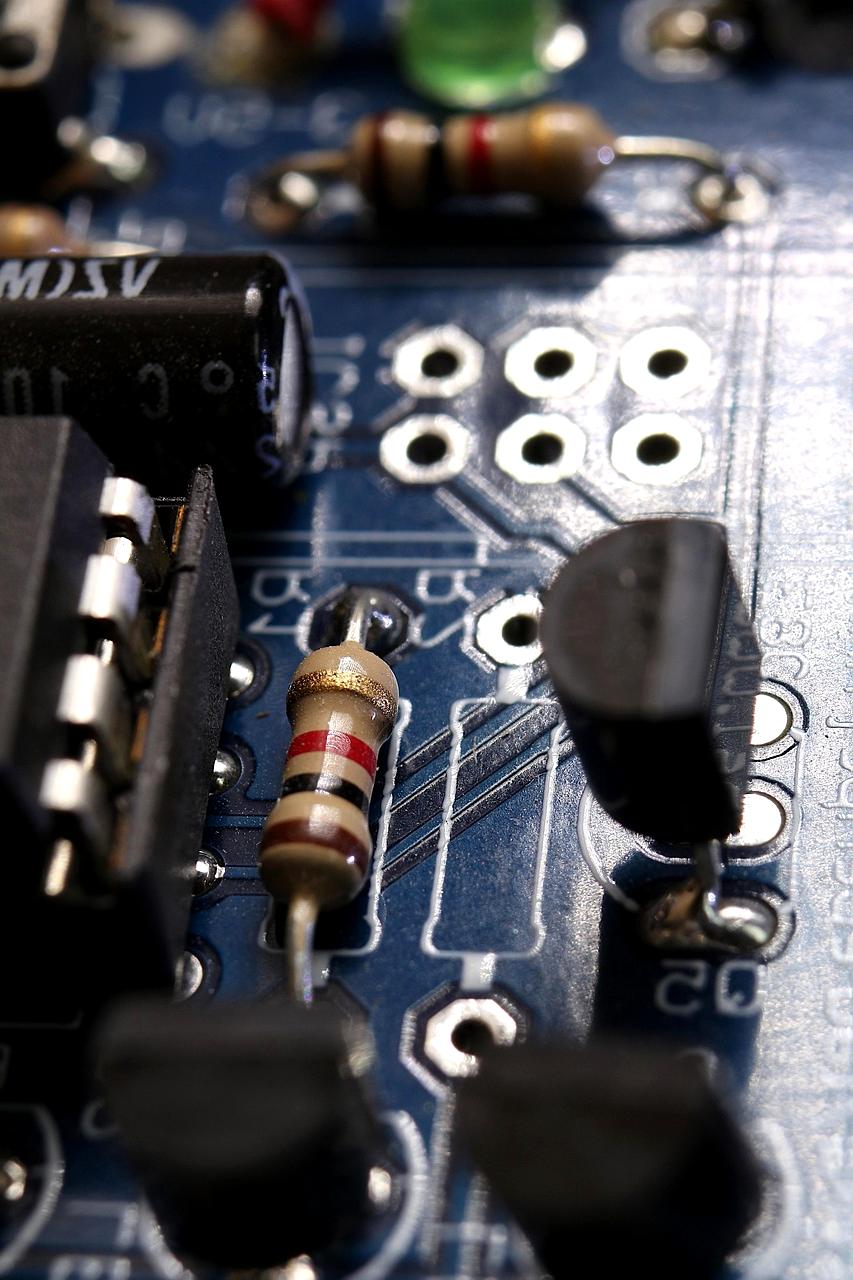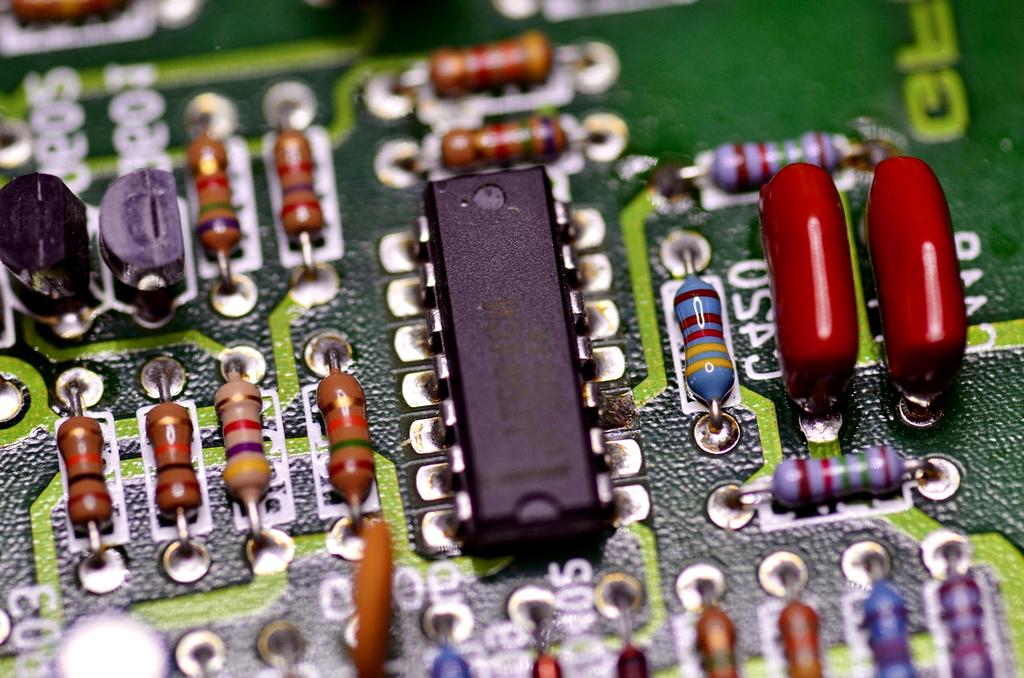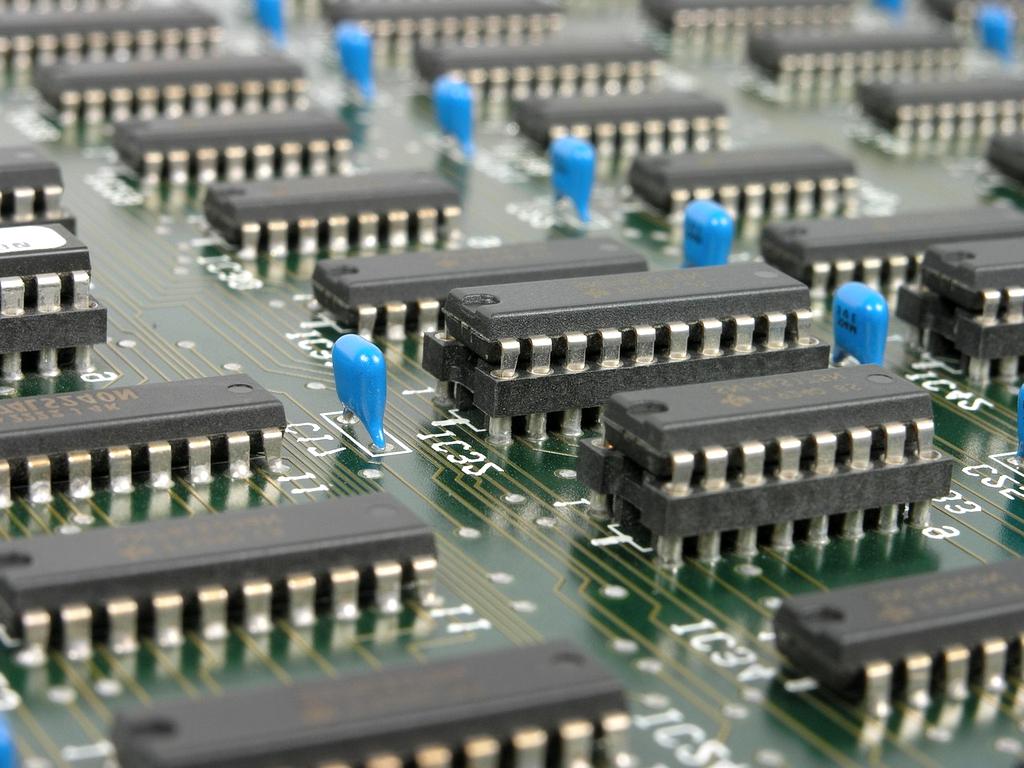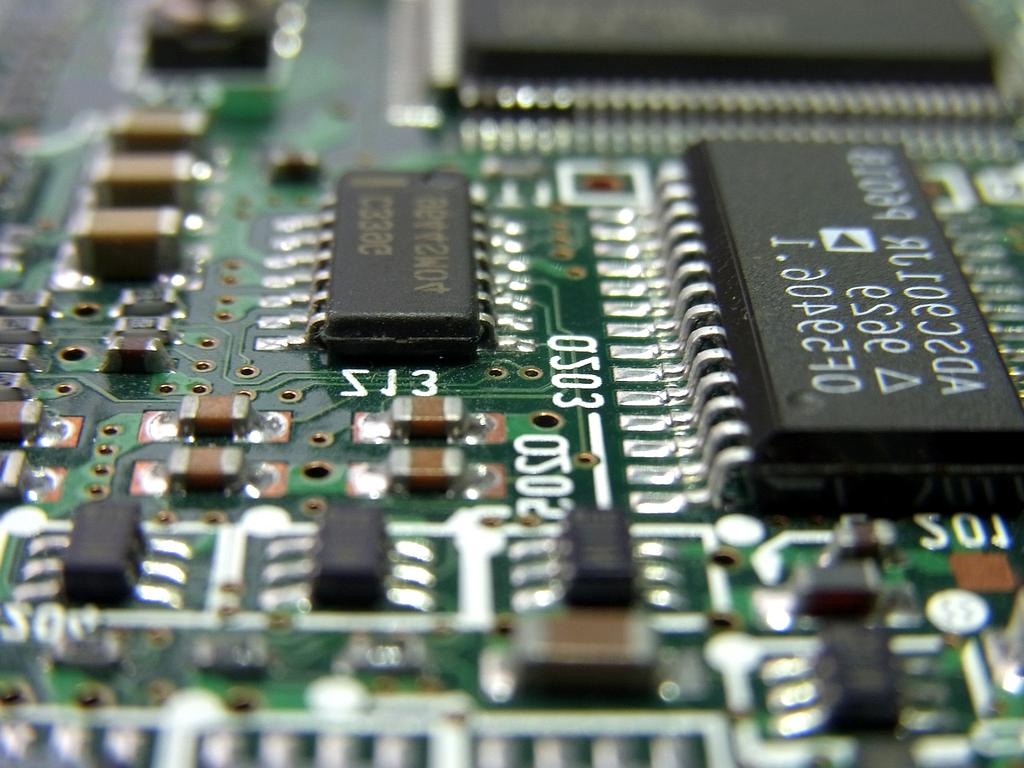
Evolution of Computer Hardware Components
From vacuum tubes to quantum computing, explore the fascinating journey of computer hardware throughout history.
Explore Timeline
From vacuum tubes to quantum computing, explore the fascinating journey of computer hardware throughout history.
Explore TimelineDiscover how computer hardware has transformed over the decades

The first electronic computers like ENIAC used vacuum tubes for processing. These massive machines filled entire rooms, consumed enormous amounts of electricity, and generated excessive heat.

Transistors replaced vacuum tubes, making computers smaller, faster, more reliable, and more energy-efficient. This era saw the development of high-level programming languages.

The introduction of integrated circuits (ICs) further miniaturized computers and increased their processing power. Multiple transistors could now be placed on a single chip.

Intel's 4004, the first microprocessor, revolutionized computing by integrating all CPU functions onto a single chip. This paved the way for personal computers.

As Moore's Law approached physical limitations, multi-core processors emerged to continue performance improvements through parallel processing.

Today's hardware combines advanced CPUs, GPUs, massive storage, and specialized components for AI, machine learning, and immersive technologies.
The building blocks that power modern computing

From the Intel 4004 with 2,300 transistors to modern processors with billions, CPUs have evolved from simple calculators to powerful multi-core brains.

Memory technology has progressed from magnetic cores to DRAM, while storage has evolved from punch cards to magnetic tapes, hard drives, and now solid-state drives.

Originally designed for rendering images, GPUs have become essential for deep learning, cryptocurrency mining, and scientific computing thanks to their parallel processing capabilities.

The backbone of computer systems has evolved from simple circuit boards to complex multi-layered platforms with sophisticated chipsets and connectivity options.

From punch cards and teletype machines to touch screens and voice interfaces, how we interact with computers has dramatically transformed.

The evolution of network interfaces from early modems to modern Wi-Fi 6 and 5G technologies has revolutionized how computers communicate.
Emerging technologies that will shape tomorrow's computing landscape

Quantum computers leverage quantum mechanics principles to perform complex calculations at unprecedented speeds. Unlike classical bits, quantum bits (qubits) can exist in multiple states simultaneously, offering exponential computing potential.
Quantum processors could solve problems in minutes that would take classical computers thousands of years.

Neuromorphic computing aims to mimic the brain's neural structure in hardware, creating processors that function more like biological brains than traditional computers. These chips consume minimal power while performing complex cognitive tasks.
These brain-inspired processors could revolutionize AI applications while consuming a fraction of the energy.

Photonic computing uses light instead of electricity to process information. By replacing electrons with photons, these systems can achieve higher speeds, lower energy consumption, and reduced heat generation.
Photonic processors could operate at the speed of light, dramatically accelerating data processing capabilities.